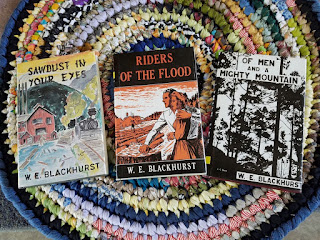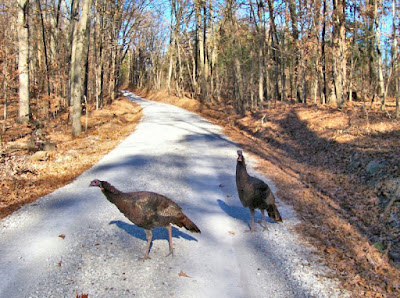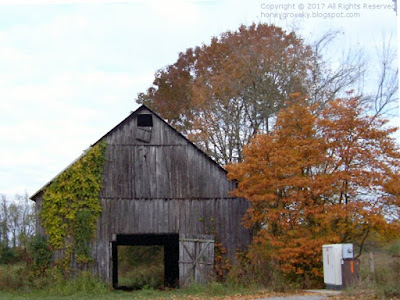 |
The area in Sussex Co.
where Patience grew up. |
My 5th great grandmother, Patience Rogers, was born about 1780 in Sussex County, Delaware. Her father, John Rogers, was a sea captain and a property owner. John and his wife Comfort (Prettyman) Rogers lived and raised their family near Lewes, Delaware, where the Delaware River meets the Atlantic Ocean. Both John and Comfort came from long-established families of the Delmarva peninsula.
John Rogers passed away in 1794. In his will, he described himself as "John Rogers, planter," and called his wife and children "well-beloved." The older girls had already married when John wrote his will, but Leah, Unice, and Patience were still at home. Patience, about 14 years old, was the youngest of the family. John Rogers left livestock and farm equipment and tools to his sons and land that they would inherit after Comfort, their mother, died. He did not mention any slaves in his will, so he probably didn't have any. Leah, John, Eunice and Patience were to divide their father's "movable property" after their mother's death.
Comfort (Prettyman) Rogers lived less than three years after her husband's death. She signed her will with her mark on January 28, 1797. She provided for her two youngest daughters, Unice and Patience, by willing her "dwelling house" and the old orchard and peach trees to her son John Rogers and stating that Eunice and Patience were to have a home with John as long as they were unmarried.
 |
| From Comfort Prettyman Rogers' will |
Soon after her mother's death, Patience married my 5th great grandfather, Robert Hill. Y-chromosome DNA testing has proved that Robert was related to a Hill family who lived in the Sussex County area, but I don't know whom Robert's father and mother were.
A year or two after their marriage, Robert took his bride and their newborn son, Rogers Hill (my 4th great grandfather,) and moved to western Pennsylvania. Patience probably never saw her brothers and sisters again. I don't know if she was given her share of her father's belongings before she left or if she was able to take any family mementos with her.
By 1810, Robert and Patience had settled on Beaver Creek in Columbiana County, Ohio. Soon, their family grew to ten children -- six sons, three daughters, and one child (sex unknown) who probably died young. Patience named two daughters for her sisters -- Eunice and Orpha. The first son (Rogers Hill, my 4th great grandfather) was given his mother's maiden name. Three other sons were named John, Robert, and George. I am still researching the names of two sons and a daughter.
 |
| An early Ohio cabin |
Life in the wilds of Ohio must have very different from civilized Delaware. Patience and Robert surely missed the seafood of the Atlantic coast, but they probably caught fish in Beaver Creek and the Ohio River.
Robert took up shoemaking as a livelihood. He probably tried to grow some farm crops too. I am certain that Patience had a work-filled life. She probably had to spin and possibly had to weave for the family, as well as sew their clothing by hand. I am sure she had a big garden in summer and preserved as much food as possible for winter.
I think that Patience knew how to write, which was somewhat unusual for a woman in her time. In 1833, marriage records of Columbiana County, Ohio, state that George Hill brought a certificate from his mother Patience Hill giving him permission to marry at the age of 17. Later that year, Patience Hill sent another certificate, giving permission for her daughter Orpha Hill to marry at the age of 14. It appears that Patience gave permission because Robert was deceased. Those marriage records and their mention of the certificates Patience provided are the last record of her that I have found.
Robert Hill is buried somewhere in Mahoning County, Ohio, probably near Youngstown. I do not know where Patience was laid to rest, but I am hopeful that she is at her husband's side.
This
narrative of Patience Rogers Hill's life was written by Genevieve L.
Netz. Copyright © 2017. All rights reserved. Permission is granted
to use this document for genealogical purposes. It may be attached to
online family trees. This note about usage must remain attached. Any other use requires written permission. Contact the author at gnetz51@gmail.com .
Download an easy-to-print copy at https://drive.google.com/file/d/0B0WMJrHF96-UbmFCYXJMZGc4aG8/view?usp=sharing .





































